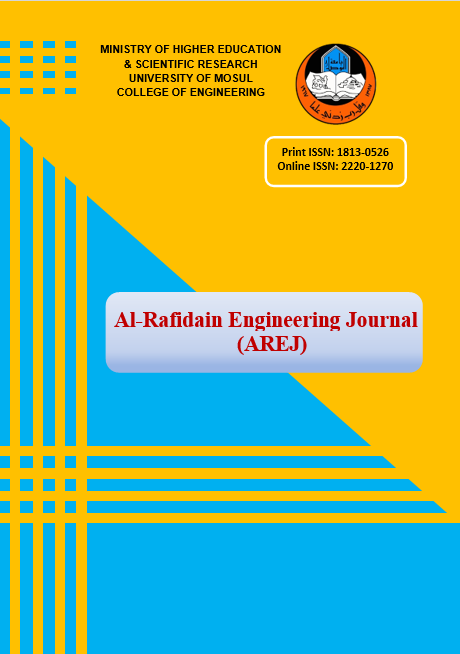Abstract
Digital Elevation Models (DEM) comprise valuable source of data required for many
engineering applications. Contour lines, slope - aspect maps are part of their many uses.
Moreover, a DEM theme is an essential layer to be included in most GIS analysis operations.
Recent scientific achievements aim to automate acquiring DEMs with the most possible speed
and accuracy. This paper studies two methods of DEM data extraction from sample aerial
stereopairs, the analytical plotter method versus the digital photogrammetric method (DP).
The DEM output of the analytical plotter is used as a reference. This is compared to the work
performed using the DP method on the sample photos in digital format. Comparison covers
various steps of image orientation followed by DEM collection. Numerical outputs of speed
and accuracy are presented and discussed. The tests show that errors in automatically
extracted DEMs may result from areas representing ground surface of poor texture or contrast
conditions, or it may appear due to imperfect photographic processing. Editing time of the
product is a major factor especially in urban/ forest areas. Depending on the specified needs
of the user, an erroneous DEM output might be accepted as appropriate digital surface model
DSM. Statistical tests detect marginal error types in the output. The paper gives conclusions
about some problematic sources with recommendations to improve the product.
engineering applications. Contour lines, slope - aspect maps are part of their many uses.
Moreover, a DEM theme is an essential layer to be included in most GIS analysis operations.
Recent scientific achievements aim to automate acquiring DEMs with the most possible speed
and accuracy. This paper studies two methods of DEM data extraction from sample aerial
stereopairs, the analytical plotter method versus the digital photogrammetric method (DP).
The DEM output of the analytical plotter is used as a reference. This is compared to the work
performed using the DP method on the sample photos in digital format. Comparison covers
various steps of image orientation followed by DEM collection. Numerical outputs of speed
and accuracy are presented and discussed. The tests show that errors in automatically
extracted DEMs may result from areas representing ground surface of poor texture or contrast
conditions, or it may appear due to imperfect photographic processing. Editing time of the
product is a major factor especially in urban/ forest areas. Depending on the specified needs
of the user, an erroneous DEM output might be accepted as appropriate digital surface model
DSM. Statistical tests detect marginal error types in the output. The paper gives conclusions
about some problematic sources with recommendations to improve the product.
Keywords
DEM
digital photogrammetry
stereopair
Abstract
المناسيب الرقمية لسطح الأرض DEMذات اهمية كبرى لأغلب الدراسات الهندسية فمن استخداماتها الشائعة هي رسم الخطوط الكنتورية, واعداد خرائط الميل واتجاه الميل وغيرها. كما وتشكل هذه البيانات احدى اهم الطبقات الممكن اضافتها اثناء تحليل نظم المعلومات الجغرافية. يهدف التقدم العلمي الحديث الى الحصول على هذه البيانات بسرعة ودقة عالية. في هذا البحث نقدم مقارنة بين طريقتين للحصول على بيانات المنسوب. حيث تم اولا الحصول عليها من زوج من صور فوتوغرافية مجسمة باستخدام الطريقة التحليلية بجهاز ANALYTICAL PLOTTERوتم اعتبار نتائجها كأساس للمقارنة مع الطريقة الآلية باستخدام برنامج خاص SOFTCOPYحيث تمت دراسة وتحليل النتائج احصائيا وتحديد بعض المؤثرات على الدقة مع مقترحات لتحسين النتائج .
